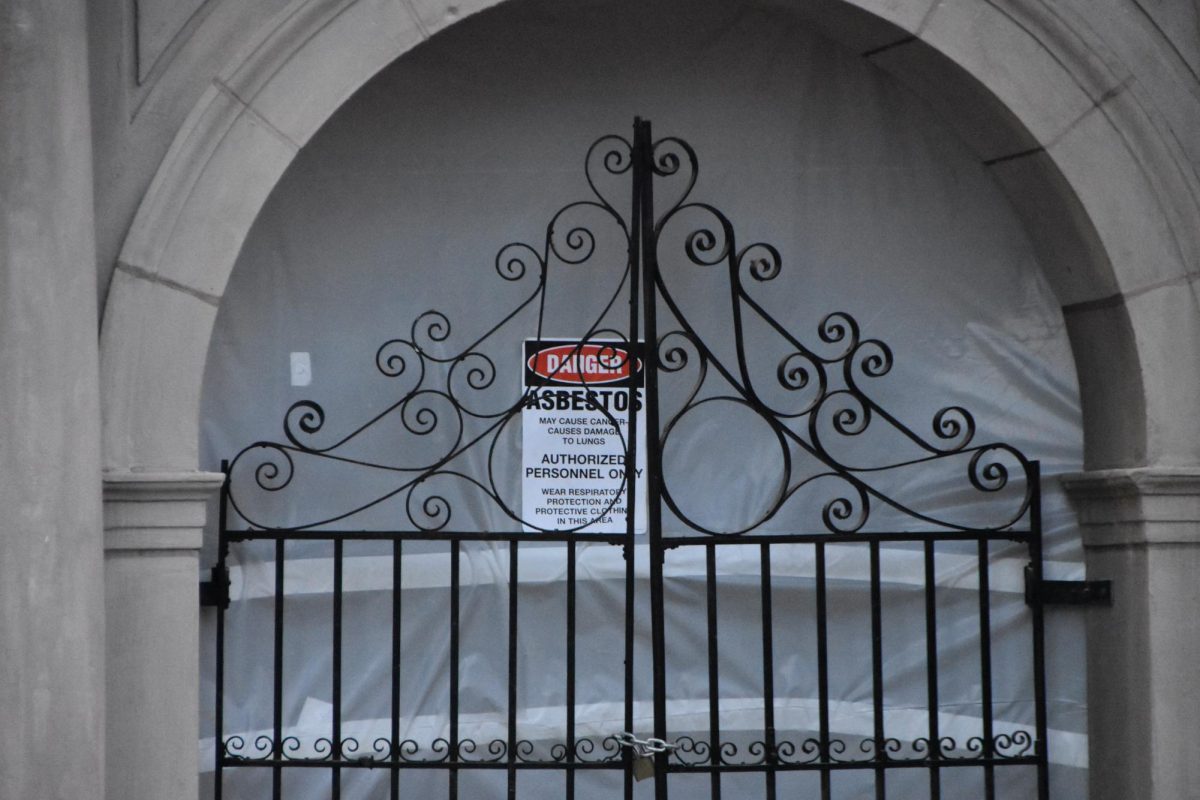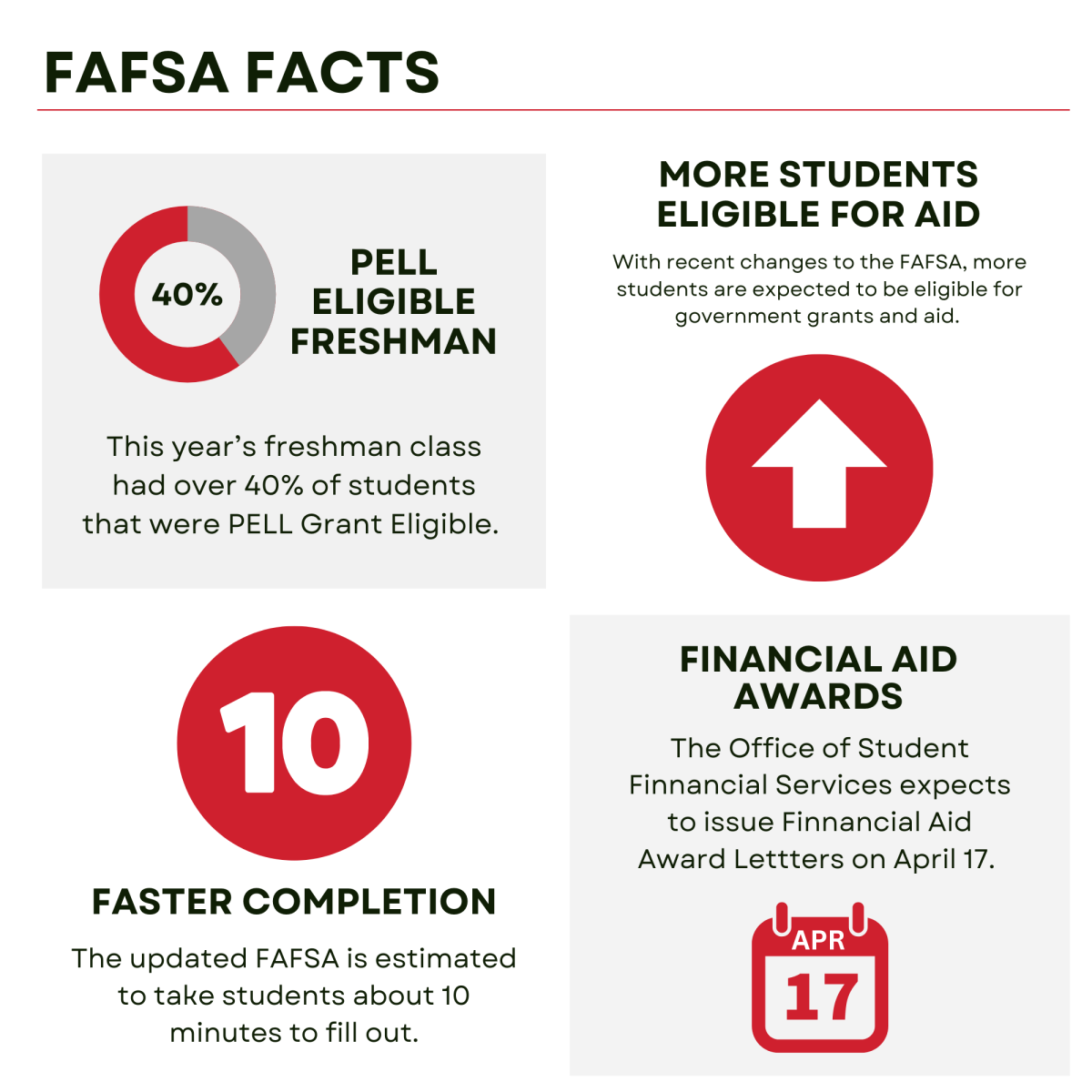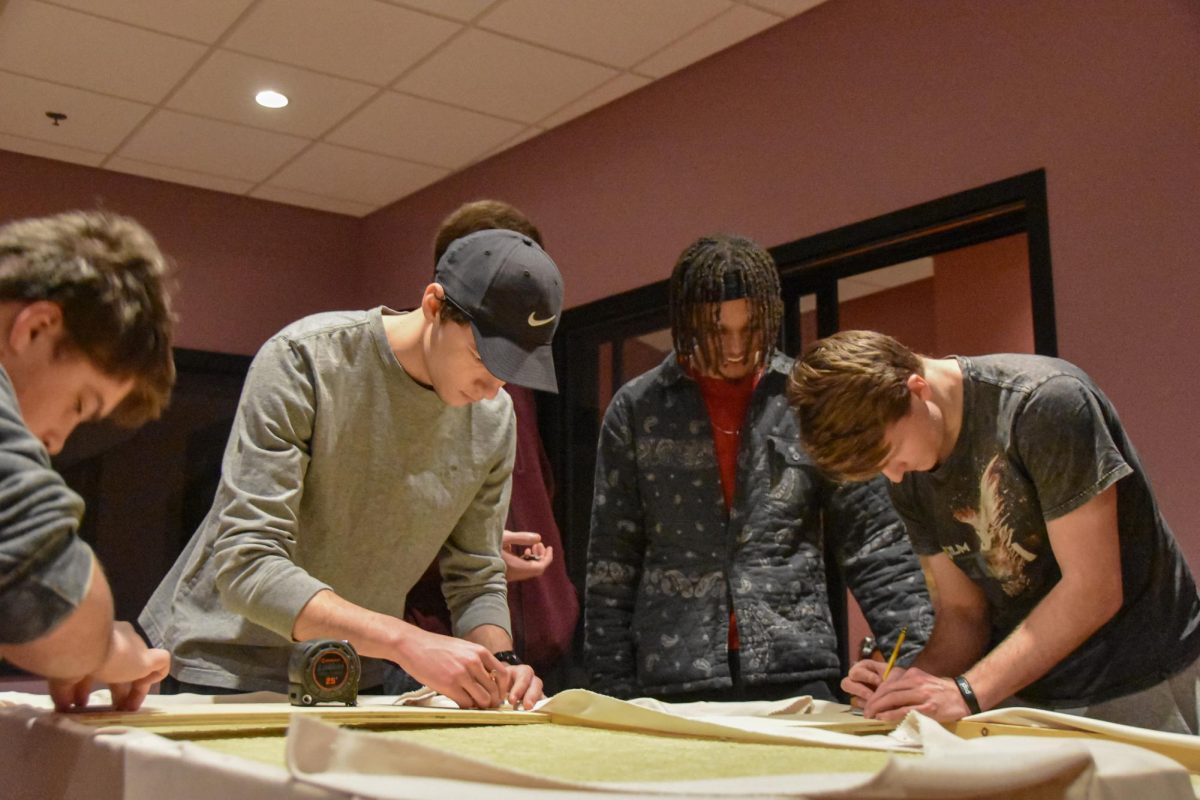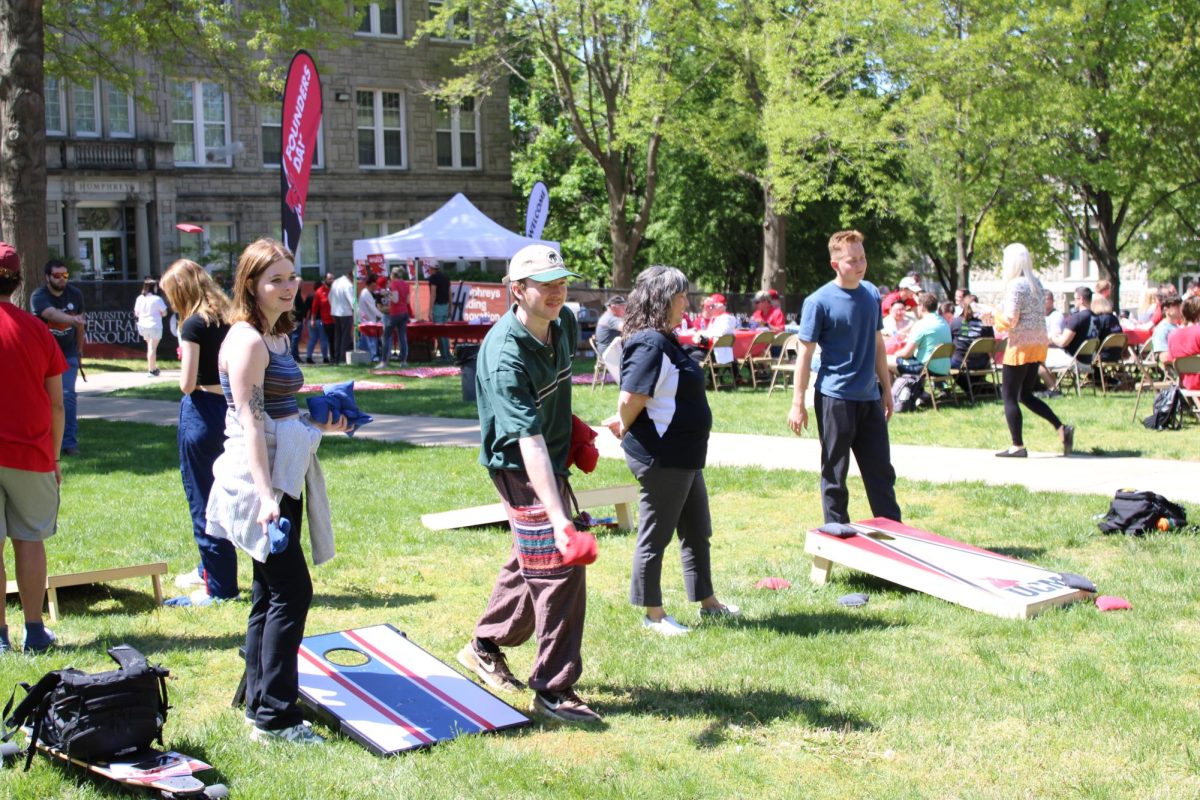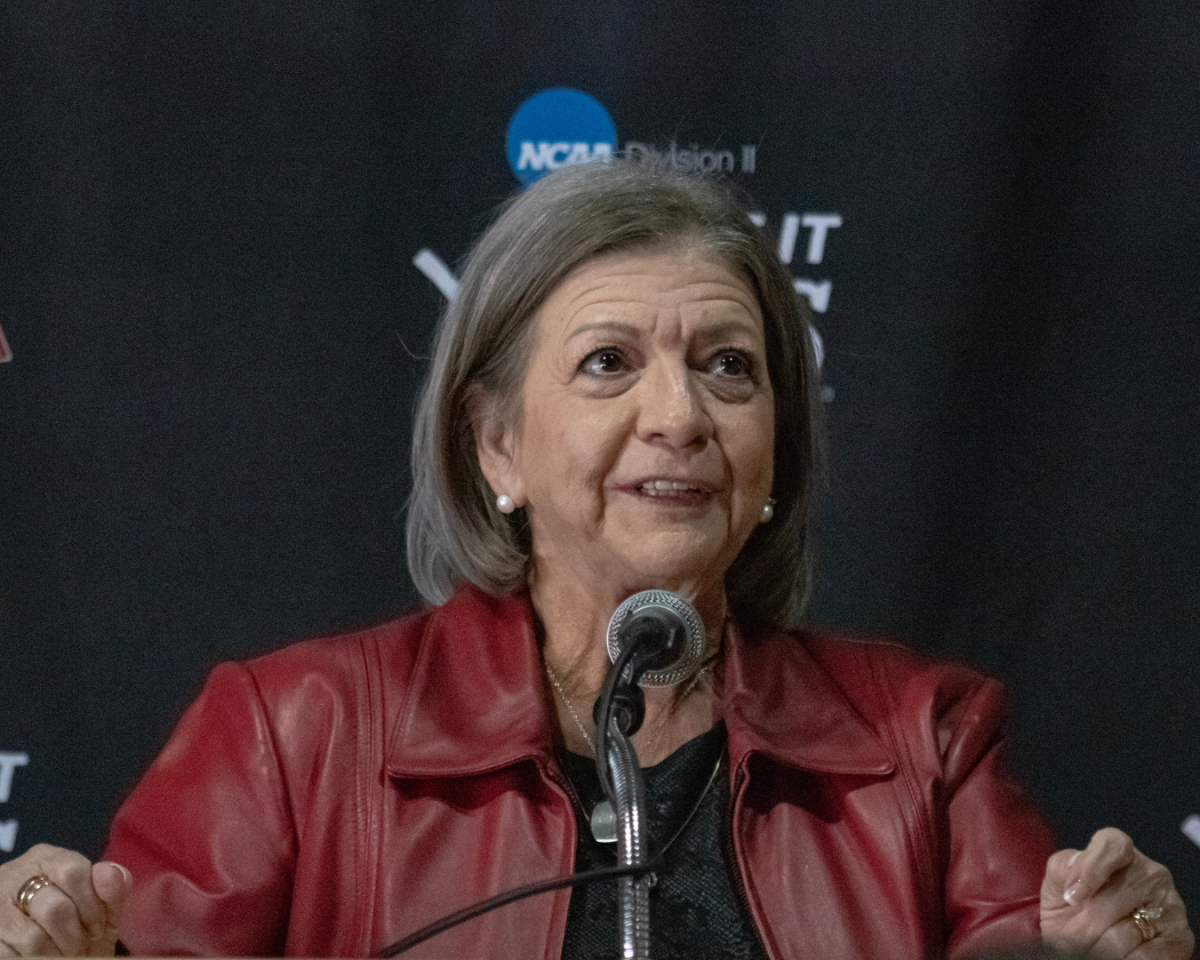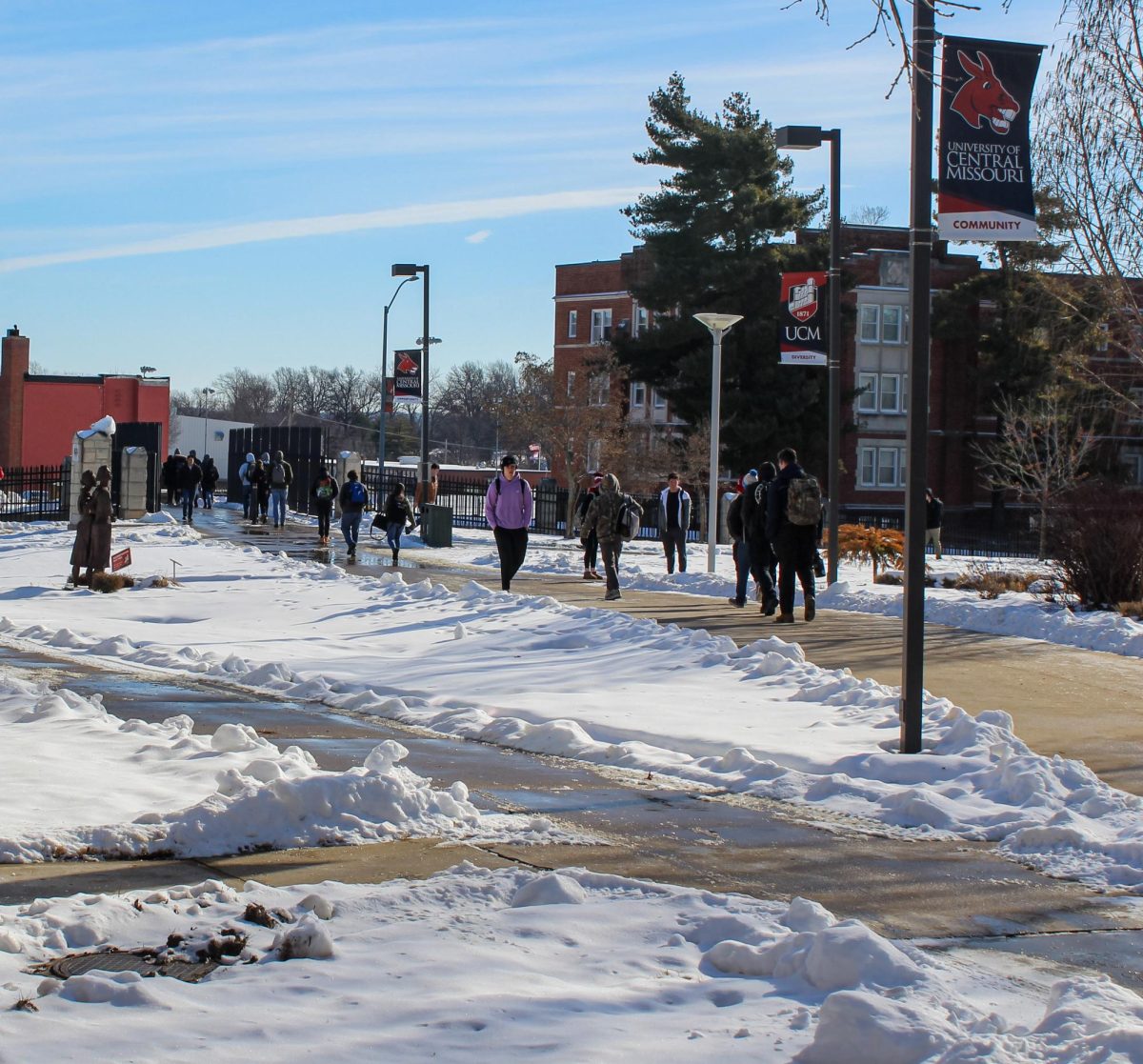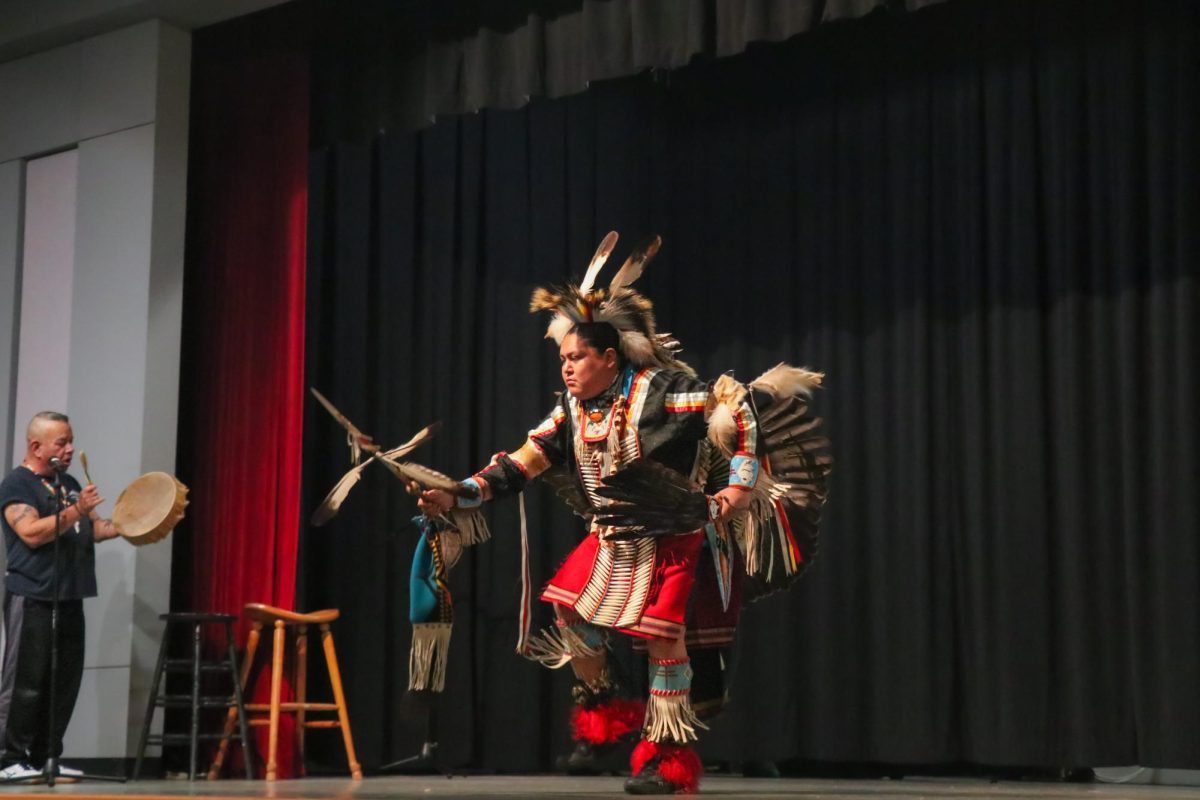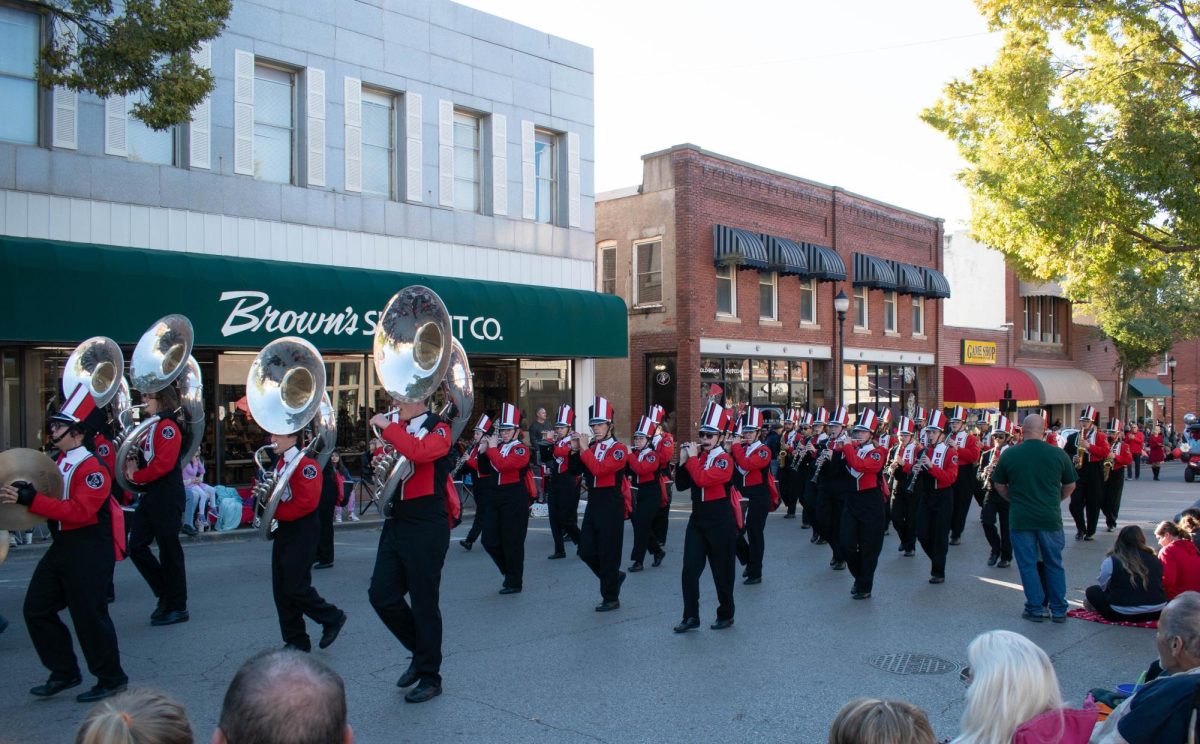By ANDY OSTMEYER
The Joplin Globe
(JOPLIN, Mo., AP) — Jerod Huebner stepped through the tree line along Lark Road, past the sassafras and other trees that had taken hold, and in doing so stepped back in time.
On the far side, Huebner was greeted by one of the last remnants of Missouri’s tallgrass prairie. Not 30 feet from him was his first evidence that this prairie had never been plowed, a mima mound. Dozens of them stretched across the prairie that had been painted yellow with brown-eyed susans and purple with vibrant blazing star, according to The Joplin Globe (http://bit.ly/29Ua0tP).
“It is not known what causes them,” Huebner said of the small dome-shaped mounds, most rising only a foot or two above the surrounding prairie.
Perhaps animals left these behind, perhaps natural forces created them. But whatever caused them, it’s evidence that the prairie is original, he said.
“When somebody plows it, this is one of the first things to go,” said Huebner, director of prairie management for the Missouri Prairie Foundation.
At one time, more than 15 million acres of Missouri was covered with tallgrass prairie, awash in a blaze of wildflowers each season with bluestem grasses that sometimes rose to the height of a man on a horse. Today, less than 0.1 percent of Missouri’s original prairie remains, most of it in small bits and pieces that are at risk. Preserving those surviving patches of prairie is one of the goals of the Missouri Prairie Foundation, a 50-year-old nonprofit organization that has saved and manages thousands of acres of remnant prairie in the state.
The group recently acquired the prairie along Lark Road, naming it Carver Prairie in honor of George Washington Carver, who was born a slave on a nearby farm but rose to become of the 20th century’s greatest botanists and humanitarians. The foundation is planning a dedication Saturday, to be followed Sunday by a “prairie school” for landowners and others interested in protecting the tallgrass prairie.
Carver Prairie is just across the road from Diamond Grove Prairie, an 852-acre tract that is now owned and managed by the Missouri Department of Conservation, one of the largest tracts of remnant prairie in Southwest Missouri. At one time, Diamond Grove Prairie was 14 miles long and up to 5 miles wide, according to Carol Davit, executive director of the Missouri Prairie Foundation, but today most of it has been plowed, planted and paved. With this acquisition, the Missouri Prairie Foundation has saved another 163 acres, 70 of which were historic savanna and woodlands, and about 30 of which are degraded prairie, infiltrated with fescue and other invasive species.
The rest, about 60 acres, is high-quality native prairie. Mima mounds weren’t the only evidence of that, either.
“This is a good one; it’s sensitive briar,” Huebner said, stooping to examine a plant on the ground. Brush even lightly against the tiny leaflets and they immediately close up, giving the plant its name. “It’s not going to be in a prairie that’s degraded.”
The Missouri Prairie Foundation acquired Carver Prairie last year, using funds made available from a 2013 award from the U.S. Fish and Wildlife Service and the Missouri Department of Natural Resources as a result of a settlement they reached with ASARCO, a lead mining and smelting company that operated in the region.
“We still have funds that remain, and we are looking at other prairies,” Huebner said.
Huebner said the goal at Carver Prairie is to leave the historic savanna and woodlands and restore the degraded prairie with seeds collected from the healthy prairie.
“We don’t know that it has ever been plowed,” he added of the degraded area.
They have been working on the restoration with Missouri’s master naturalists but can use additional help.
“We were looking for volunteers. If anyone wants to get involved, they can contact us,” Huebner said.
Huebner also said virgin prairie is rich in species and that no one can be sure of everything that is out there.
“Most of the these prairies are going to have 200 species. There could easily be 30 to 50 species of sedges and rushes,” he said. “Once we burn it, that’s when you’ll really see a lot of plants that you didn’t see prior (to burning). We are going to be using that pretty much every year.”
___
Information from: The Joplin (Mo.) Globe, http://www.joplinglobe.com.
“It is not known what causes them,” Huebner said of the small dome-shaped mounds, most rising only a foot or two above the surrounding prairie.
Perhaps animals left these behind, perhaps natural forces created them. But whatever caused them, it’s evidence that the prairie is original, he said.
“When somebody plows it, this is one of the first things to go,” said Huebner, director of prairie management for the Missouri Prairie Foundation.
At one time, more than 15 million acres of Missouri was covered with tallgrass prairie, awash in a blaze of wildflowers each season with bluestem grasses that sometimes rose to the height of a man on a horse. Today, less than 0.1 percent of Missouri’s original prairie remains, most of it in small bits and pieces that are at risk. Preserving those surviving patches of prairie is one of the goals of the Missouri Prairie Foundation, a 50-year-old nonprofit organization that has saved and manages thousands of acres of remnant prairie in the state.
The group recently acquired the prairie along Lark Road, naming it Carver Prairie in honor of George Washington Carver, who was born a slave on a nearby farm but rose to become of the 20th century’s greatest botanists and humanitarians. The foundation is planning a dedication Saturday, to be followed Sunday by a “prairie school” for landowners and others interested in protecting the tallgrass prairie.
Carver Prairie is just across the road from Diamond Grove Prairie, an 852-acre tract that is now owned and managed by the Missouri Department of Conservation, one of the largest tracts of remnant prairie in Southwest Missouri. At one time, Diamond Grove Prairie was 14 miles long and up to 5 miles wide, according to Carol Davit, executive director of the Missouri Prairie Foundation, but today most of it has been plowed, planted and paved. With this acquisition, the Missouri Prairie Foundation has saved another 163 acres, 70 of which were historic savanna and woodlands, and about 30 of which are degraded prairie, infiltrated with fescue and other invasive species.
The rest, about 60 acres, is high-quality native prairie. Mima mounds weren’t the only evidence of that, either.
“This is a good one; it’s sensitive briar,” Huebner said, stooping to examine a plant on the ground. Brush even lightly against the tiny leaflets and they immediately close up, giving the plant its name. “It’s not going to be in a prairie that’s degraded.”
The Missouri Prairie Foundation acquired Carver Prairie last year, using funds made available from a 2013 award from the U.S. Fish and Wildlife Service and the Missouri Department of Natural Resources as a result of a settlement they reached with ASARCO, a lead mining and smelting company that operated in the region.
“We still have funds that remain, and we are looking at other prairies,” Huebner said.
Huebner said the goal at Carver Prairie is to leave the historic savanna and woodlands and restore the degraded prairie with seeds collected from the healthy prairie.
“We don’t know that it has ever been plowed,” he added of the degraded area.
They have been working on the restoration with Missouri’s master naturalists but can use additional help.
“We were looking for volunteers. If anyone wants to get involved, they can contact us,” Huebner said.
Huebner also said virgin prairie is rich in species and that no one can be sure of everything that is out there.
“Most of the these prairies are going to have 200 species. There could easily be 30 to 50 species of sedges and rushes,” he said. “Once we burn it, that’s when you’ll really see a lot of plants that you didn’t see prior (to burning). We are going to be using that pretty much every year.”
___
Information from: The Joplin (Mo.) Globe, http://www.joplinglobe.com.
Story continues below advertisement


